On my Japan wheelchair travel adventure, I spent most of my time in Tokyo, which is broken up into over a dozen distinct areas and is densely populated. For five full days and four nights I was also in Kyoto, plus one day spent in Nara. I wanted to go to Osaka but ran out of time. There is still much of Japan that I wish to see.
I noticed a few distinct accessibility differences between Japan and the USA. For one, Japan is the originator of using tactile paving (truncated domes) on sidewalks and train stations to help the blind navigate. Often, these truncated domes led to an elevator, which is a handy tip for those with accessibility needs. Another positive aspect I saw was that every elevator had a priority button for those needing access, and when there was more than one elevator, there was a separate priority elevator altogether. Only about five times did I see people abuse this, and some days I used elevators more than ten times. Usually, this priority elevator was the fastest to arrive, but not always, so I got in the habit of pushing both sets of buttons for optimal results. Accessible bathrooms were also very impressive, which are detailed below.
The last major accessibility difference I noted was in the size of the power wheelchairs. In Japan, I noticed people using a manual wheelchair with power and a joystick added if needed. I saw more than a dozen people in wheelchairs including manuals, hospital-style, and even a few larger power wheelchairs similar to the Jazzy Scooter. It is not impossible to travel in Japan with a large power wheelchair, but you will encounter less maneuverability or no access at all in some places, such as hotel rooms, restaurants, and stores.
GETTING AROUND JAPAN
The public transportation I used in the Greater Tokyo Area, Kyoto, and the small city of Nara were all fantastic. I could usually get very close to the attraction I wished to see by train, but if not then I would then have the option to take a bus, or more expensively a taxi. I wheeled far more than I took transportation and encountered both flat and hilly terrain.
Accessible Transportation Details around Japan.
ATTRACTIONS
Japan is filled with beautiful temples and shrines, imperial palaces, gardens, museums, iconic buildings, amusement parks, and shopping areas — so many that narrowing down attractions is a must. Around major attractions are others equally as big or more humble. The major attractions are relatively close to public transportation, with places to eat nearby. Smaller attractions or remote temples and shrines may involve some accessibility challenges, but who knows what else you will find along the way.
Accessible Attractions and Sightseeing Details in Japan.
SHOPPING
There is a lot of shopping in the Greater Tokyo and Osaka areas, but Tokyo has more locations and selections. In smaller cities like Nara, little unique shops are usually found on the streets leading to attractions. Train stations have shops too, and at the major stations, there are malls with the top Japanese designers and even international clothing lines, including Coach and Gap. In the front of almost every store is a sale sign. Everything is beautifully displayed. In most stores, there are no dressing rooms, and those I found were wheelchair accessible. The salespeople, although very sweet, rarely spoke English.
If you want to do some serious shopping in Japan, spend some time in Tokyo. In Akihabara also called“Electric Town,” you can find all things electronic. It’s a place to try out electronics too– the most popular being videogames. Young girls in cute outfits stand outside the stores talking about what’s inside and touting sales. Some stores are dedicated to action figures of popular Japanese characters from movies, television, and video games. Harajuku is a big shopping area most famous for girls with extreme fashion sense hanging out. The display of layers of bold colors and patterns is similar to exotic birds. A local told me that world designers come here to watch these girls and draw inspiration.
In Ropongi you can shop at Roppongi Hills, Tokyo Midtown, and Azabu Juban Shopping Town. Shibuya has Shibuya 109, a shopping center popular with ladies in their twenties, Omotesando is a street lined with trees with brand-name shops cafes, and nice restaurants in addition to Takeshita Dori and the main street known as Shibuya Center Town. The large mall in Kawasaki is attached to the train station, and more shops are within the station. This mall is four stories, and on the ground floor is a stage for entertainers.
RESTAURANTS AND EATERIES
There is much more to Japanese cuisine than sushi, but there is that, and a lot of fish prepared in various ways in every city. Many five-star restaurants too. The pork was exceptionally delicious; beef and chicken dishes were also readily available. If you are vegetarian you will have no problem finding tasty dishes, but some restaurants do not consider shellfish (e.g., clams and mussels) to be meat so be sure to ask. Also, some menu items will have a meat-based broth.
Since Japanese food is so tasty and ever so healthy, I highly recommend indulging in the local cuisine but other styles of cooking are also represented. I saw many Italian restaurants all over Japan as well as Chinese and Indian food. One Indian restaurant I went to had delicious curry and the naan was some of the best I have had. There are even many “Western-style” restaurants, which have their versions of American dishes usually found in American-inspired bars or cafes. In such places, forks and knives instead of chopsticks are supplied. And yes, even international fast food chains were found in Japan. Coffee shops were never hard to find.
I tried to stick with locally inspired dishes but had to try a Japanese hamburger. A few days before I left the country, one local recommended a restaurant called Hamburg Labo across from my hotel. I could choose from a beef or pork hamburger patty and went with pork (with beef cubes on the side). I had the option of adding grilled onions and cheese and choose a dipping sauce for the patty. There was no bun. The meal included vegetables, soup, and rice. It was so good! I did not miss the added calories of bread and American-style condiments.
One of my favorite things about Japan was the freshly baked bread. At every train station and scattered throughout cities are bakeries with huge selections of sweet and savory bread. It is rare for people to buy just one item: trays and tongs are available for customers to make selections. Mornings are the most crowded but everything moves fast. Since I couldn’t read Japanese, I made selections based completely on sight and smell. My favorites included an orange and sweet melon roll but also enjoyed a chocolate-filled flaky pastry and sugar twist, similar to a doughnut. Doughnut shops were common in train stations–I even saw a Krispy Kreme.
Train stations are phenomenal food meccas with so much variety in one place. You can find grab-and-go-type items and sit-down restaurants. Not every restaurant was wheelchair accessible. Some entrances were too small or would have a step, but with so many options in one place, I just cruised around until I saw one accessible enough. Outside of train stations and shopping malls, accessible restaurants were few and far between. In Japan real estate is very valuable and most buildings are a few stories high with something different on each floor. Elevators are common but not guaranteed everywhere.
During the summer, beer gardens open up throughout Japan, most commonly on rooftop patios with lanterns surrounding the perimeters. One day I found a beer garden at a trolley station in Kyoto with a simple menu of fried items. I selected the pork skewers, accompanied by shrimp chips, and a cold, frosted beer. The beer glass was cold and the foam on top was chilled to the point that it took on the thickness of soft ice cream. It was a nice treat.
- Ordering Food: When it came to communicating what I wanted to eat I learned a few tricks. The first thing I would ask is if there was an English menu because some places have them, especially if the word “café” was in the name. Otherwise, many menus have photos of the dishes or the restaurant displays plastic examples of menu items in the window. You can point out what you want.
- Manners: There are a few very important aspects to eating in Japan. Slurping your food is a sign that you are enjoying it–a public compliment to the chef. This is most commonly with noodle dishes and soup. Furthermore, when eating Japanese cuisine it is proper etiquette to bring the smaller dishes closer to your face and not reach when eating. I found this to be very efficient. If you have sake with someone else, never pour your sake only when you are alone. Finally, when you hand someone something, it is polite to hand the item with two hands.
- The Check: I loved that when you receive your food, the server often also slips you the check. There is no searching for a server. You leave when ready. Furthermore, in Japan YOU NEVER TIP. Everything is included.
- Food Markets: The freshest fish can be found at one of many food markets in Japan, such as the Nishiki Market in Kyoto. Most of the fish sold is to be taken home and cooked, yet many places have skewers of fresh raw fish ready to be eaten, like tuna and even miniature red octopuses. Bread, candy, and other sweets are also found in markets but there’s also a variety of vegetables (pickled and fresh) and seasoning shops as well. Usually intermingled or close by are stores, selling Japanese items from hand-painted plates to clothing. Furthermore, there it is not customary to barter.
- Convenience Markets and Drug Stores: Instead of high saturated fat and sugar products, like chips, candy, over-sized sugar drinks, and old hotdogs, there were healthy options available at Convenience Markets, such as cold noodles, sushi, rice balls, and even sandwiches. Some things needed to be warmed up but are designed to be eaten on the go. In addition, there were also lots of breakfast bread and tasty concoctions of sweet red beans, rice balls, and fruit. If looking for something sweet or salty then you can find that at convenience markets too. There are also a few toiletries and such if needed but Drug Stores are cheaper and have bigger selections.
Additional Food Notes
• Very rarely were there trashcans in public, yet there was exceptionally very little litter anywhere. The Japanese respect their environment enough to not trash it. When you have something to throw away, hold onto it. Food courts and public bathrooms were the best places to find trashcans; I also went into a few business buildings to discard my waste.
• Fruit is very expensive because it needs to be imported. It is nearly always beautifully packaged, like everything else in Japan, and sometimes comes in odd shapes. One square watermelon was priced at over three hundred dollars.
• In some restaurants you can smoke; I was always asked about my seating section preference.
• Not all restaurants have accessible restrooms. Chances are if it is a bigger restaurant it is more likely to have an accessible restroom–no guarantees!
• On the street are many small Japanese-style fast-food restaurants where you order what you want from a window by pushing buttons, like purchasing a train or movie ticket from a digital kiosk.
• Places to get an alcoholic beverage have at least one red lantern outside. Note: “Sake Bombs” is only an American thing.
PUBLIC BATHROOMS
I was highly impressed by the public restrooms, which had separate rooms for the handicapped or mothers with infants. The majority of the bathroom doors could be opened with a tap of a button; otherwise, a large handle is provided. Inside there would be another set of buttons to close and lock the door (if also on the outside). If there are no buttons, then a lowered lock would be available–either one that turns or a flip-latch. The toilets come with all kinds of gadgets, including seat warmers and butt spray. A phone or nurse button is within easy access in case of an emergency. Some bathrooms even have a changing table big enough for adults.
The most conveniently and readily available public restrooms for wheelchair users are in train stations. Plus, every attraction I visited had an accessible public restroom; otherwise, shopping areas are your next bet, especially in Tokyo and Osaka. Hotels and public buildings like museums and even gardens also have wheelchair accessible bathrooms. I never once got nervous. I was surprised to not find an accessible restroom at the fast food chains. Note: A number of handicapped restrooms did not have soap or if there was it did not lather well, so consider carrying a bar or hand sanitizer.
HOTELS
Finding and booking a hotel in Japan had its challenges but was doable. Not every hotel has an accessible room; most only have one. So you must confirm that the handicapped room will be guaranteed during your stay. Now, where to begin searching? I was very grateful to find this website, which helped me to find a hotel. The most challenging part was then contacting the hotel to find out if the room was available. Since I didn’t want to make international phone calls, I was limited to hotels with email addresses. Many hotels, but not all, have an English translation option on the website.
I used hotels.com to book one of my hotel reservations and it got messed up. I called requesting an ADA room, however, apparently, this was interpreted as a “special request” and therefore not guaranteed. When I arrived at this hotel, the ADA room was not available, so I needed to relocate. The hotel staff was sympathetic to the situation and found an accessible room at a new hotel very close by. Hotels.com was unresponsive. I will not be using the services of hotels.com.
Like in the United States, there are budget, mid-range, and luxury hotel options. However, sometimes the most expensive options are not always worth the price when it comes to quality and access. I stayed in a variety of hotels but felt like the more expensive ones did not do as good of a job when it came to wheelchair accessibility. Tyoko Inn, a business-budget hotel, was my favorite. The more expensive hotels would have one or more fine dining restaurants and bars, yet mid-low range hotels have food available, whether it be a small café or continental breakfast.
Free WIFI is standard at hotels, but you need your device, and signal strength varies–some computer stations exist at hotels, and of these, some would charge a fee. Most hotels, even budget ones, will offer in-room massages–lovely after a long day of sightseeing. It is also good to know that you may leave bags at a hotel for a few days if you will eventually return. This means you can lighten your load, leaving souvenirs and other unneeded items behind while you explore a more rural part of Japan. Since not every person working at a hotel speaks English, many hotels provide written instructions and details in English at check-in.
The beds in hotel rooms are lower and firmer than what is experienced on average in the U.S., and in-room amenities normally include, a teapot and tea, television, refrigerator, in-room massage services, and sometimes a humidifier. Hotels provide many toiletries, including toothbrushes, and if you need something else then first inquire at the front desk. Furthermore, hotels will either have a coin-operated laundry room or offer a dry cleaning service. At the hotels I saw, the washer and dryer are stacked. One hotel even had the units stacked on a platform, which was then completely inaccessible by my manual wheelchair.
Japan Hotel Reviews:
Keio Plaza in Shinagawa, Tokyo
Tyoko Inn in Kawasaki
Hearton Hotel in Kyoto
Mitsui Garden Hotel Kyoto Shijo
LANGUAGE TIPS
Despite my being lost in translation, I had no problem getting around and getting what I needed. In the majority of public spaces, like train stations and major tourist attractions, signs in English were posted right next to the ones in Japanese. I often asked for directions. I would simply smile and say “Excuse me” in Japanese while showing where on the map and where I wanted to go. Some people could respond with a little English, and occasionally a person would accompany me to my destination and even offer to push. However, most of the time I would get directions by playing a game of charades.
In general, the younger people are good English sources, but your best bet is train attendants, found around the station or in offices. They are asked all the time and know how to give directions. Guards in front of buildings are also pretty good. Go with your gut when choosing people and use common sense. I looked for eye contact a lot which is a clear sign of whether or not to approach.
The Japanese people are very friendly, especially the elders. I always tried to remember to respectfully say hello elders to while gently bowing my head. Bowing one’s head is also practiced when thanking someone. The most polite way to give something to someone is with two hands while slightly bowing one’s head.
Basic Language Guide
a = ah e = eh i = ee o = oh u=oo
Key Words and Phrases
1. yes = hii = yes
2. no = iie
3. hello = konitchiwa
4. nice to meet you = dozo yoroshiku
5. thank you = arigato
(Note: Domo is an informal way of saying thank you. Add a gozaimasu to say very much or add domo at the beginning to show ultimate respect.)
6. excuse me = sumi masen
7. please = onegai shimsu
8. wheelchair = kurumaisu
9. no worries or everything is okay = dijobu
(Note: may also say zenzen dijobu for more effect.)
10. elevator = erebaitah
11. water = omizu
12. tea = ocha
13. I’m hungry = hara heta
(Note: this is a very impolite, direct tone so use if only necessary.)
Helpful Japanese Communication
1. Where is the train station?
Eki wa doko desuka
2. I am by myself… please help.
Watashi hitori desu… tetsu datte kudasai
3. Where is the elevator?
Erebeita wa doko desuka
4. I need to go here.
Koko ni ikitai
5. Can you please call a taxi?
Takushi onegaishimasu
6. I cannot reach the showerhead, can you please lower it?
Shawa wa todo kimasen
7. Can you please draw me a map?
Chizu onegai shimasu hoho oh kaitekudasai
8. Do you speak English?
Eigo oh hanashimasuka
9. Is there a shower chair/bench?
Shawa benchi ga arimasuka

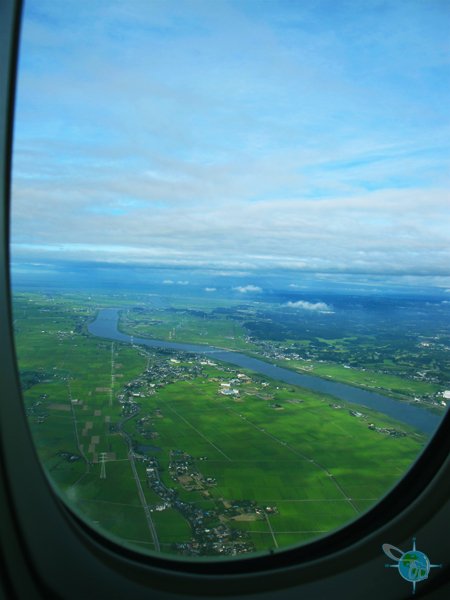
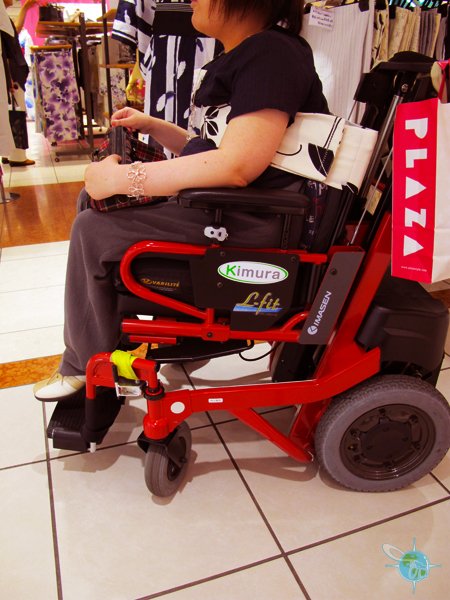
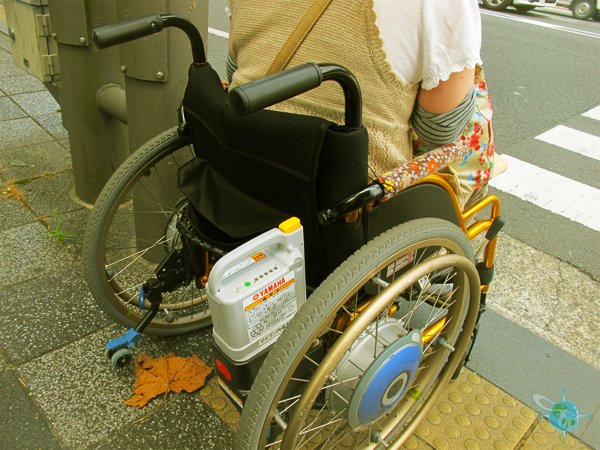
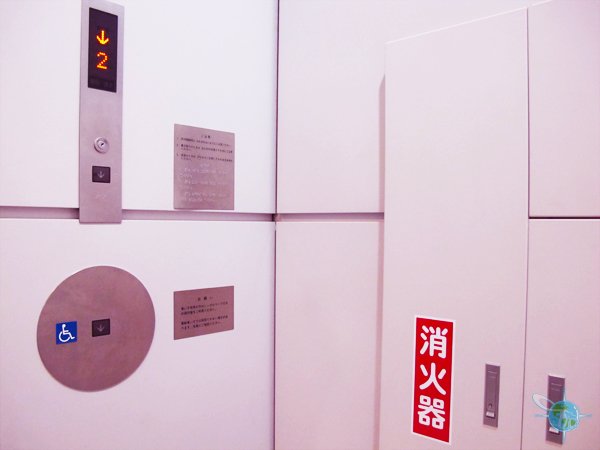
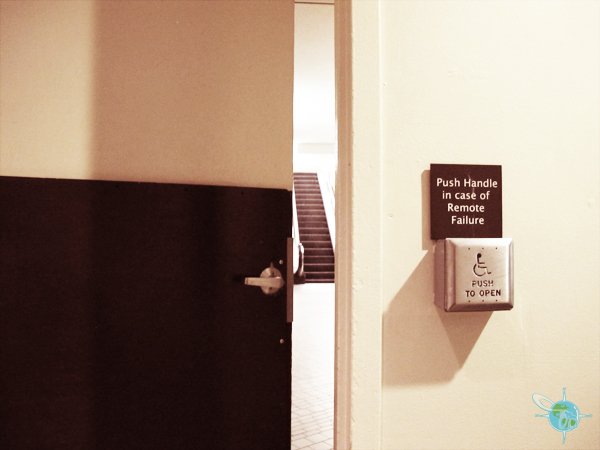
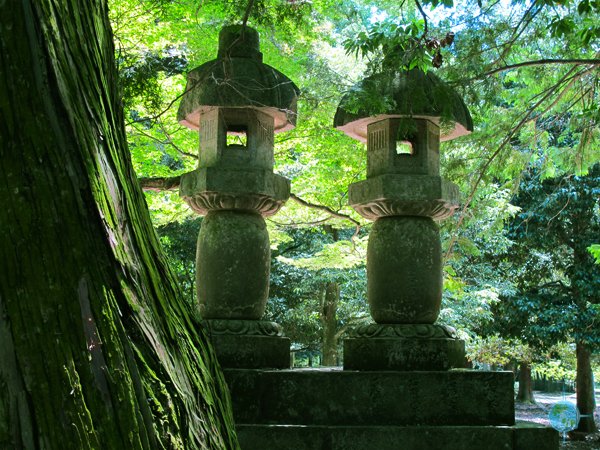
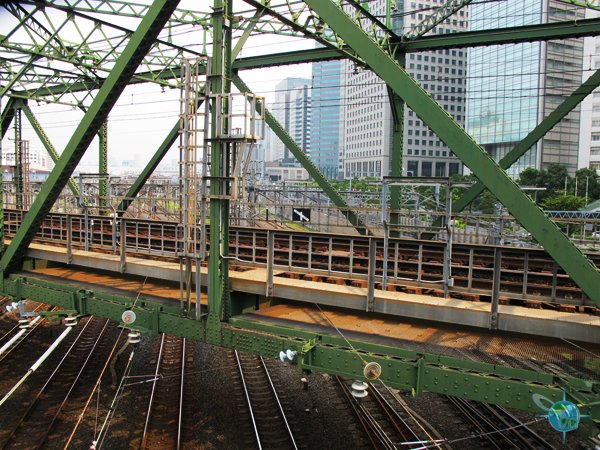
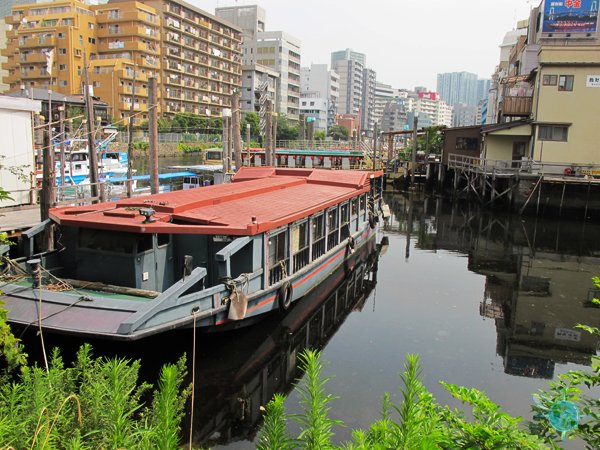
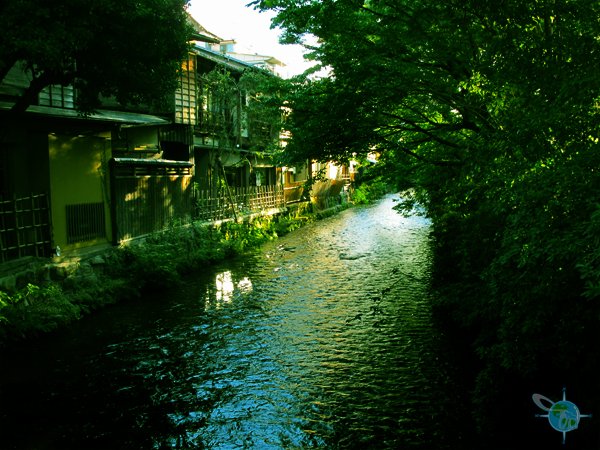
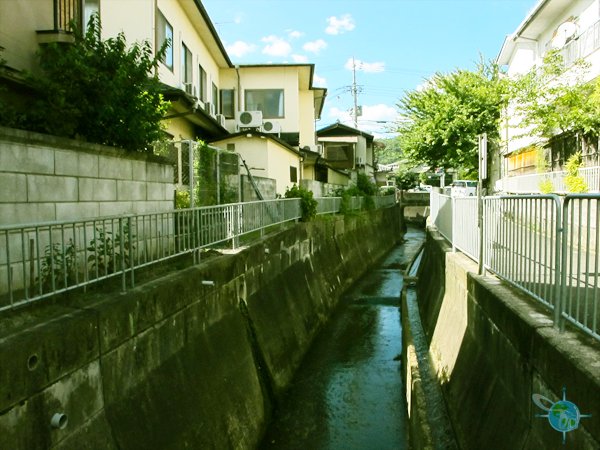
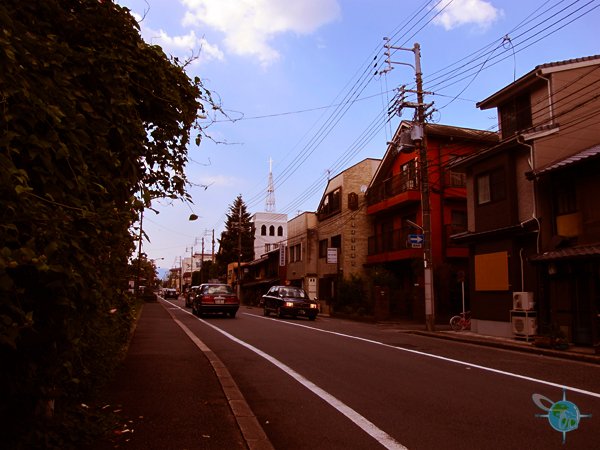
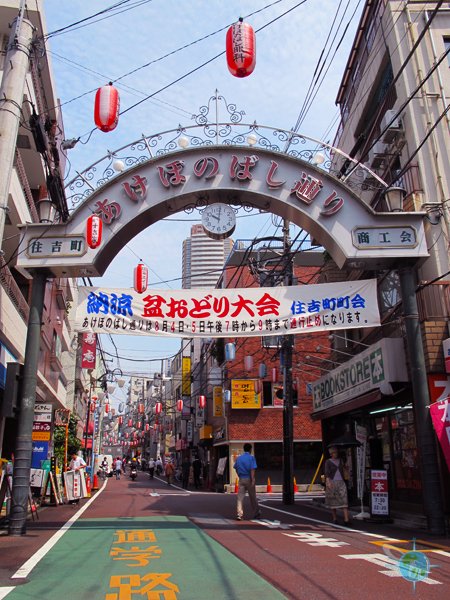
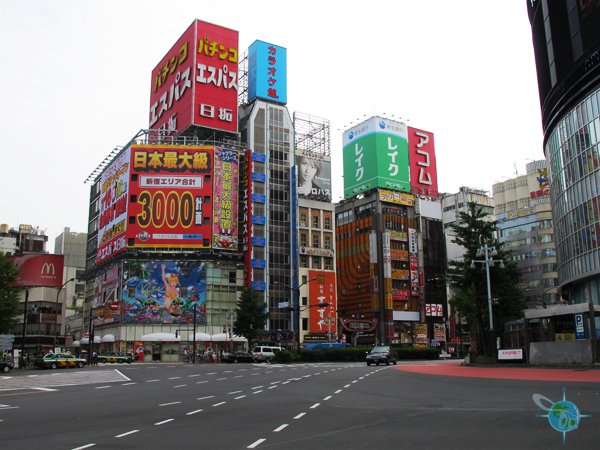
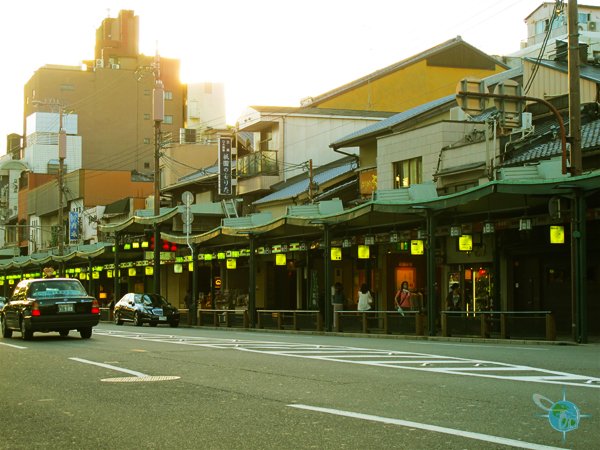
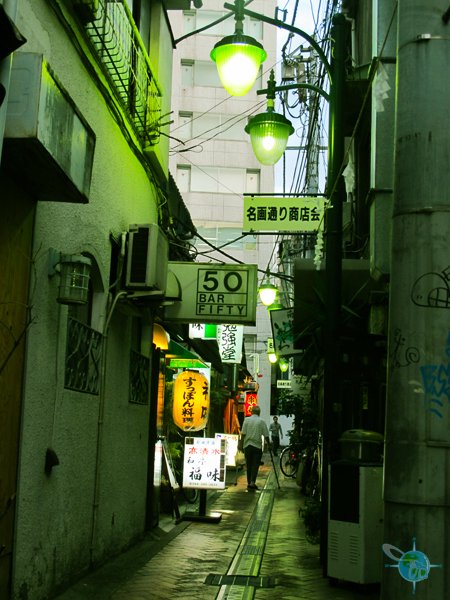
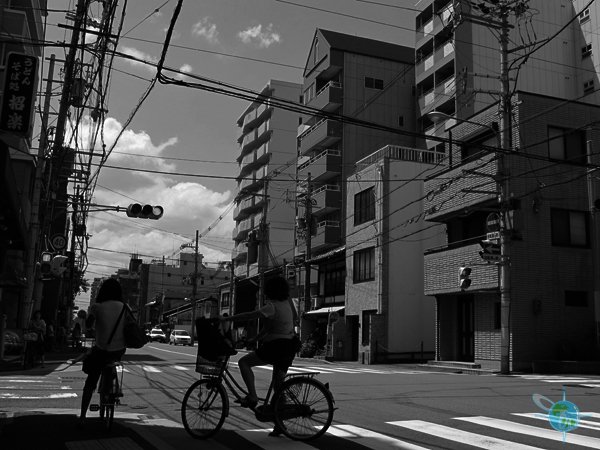
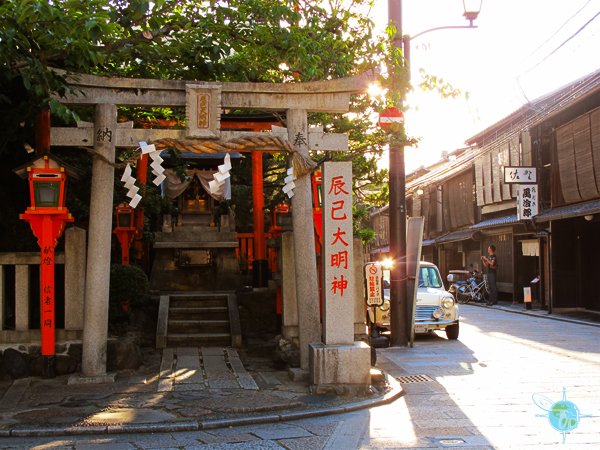
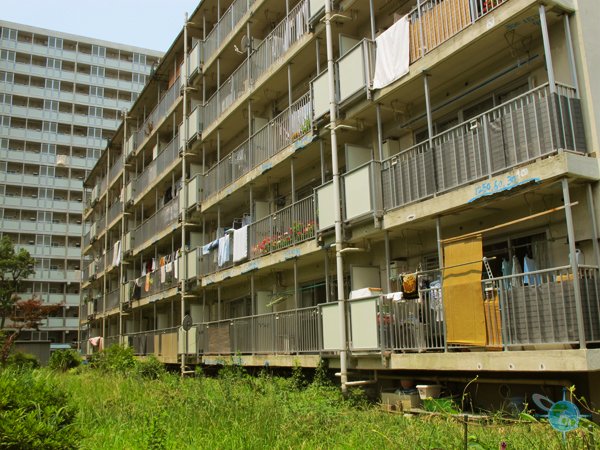
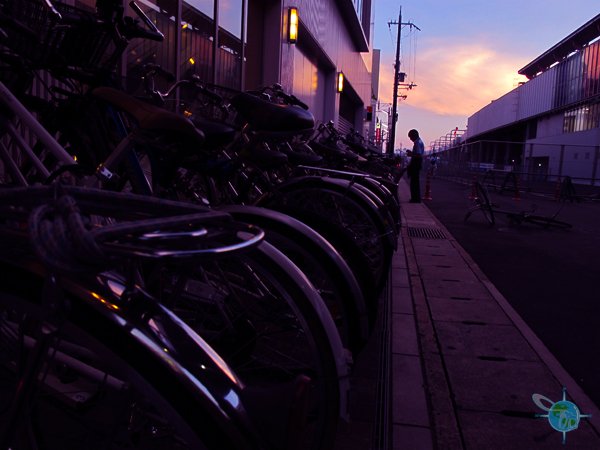
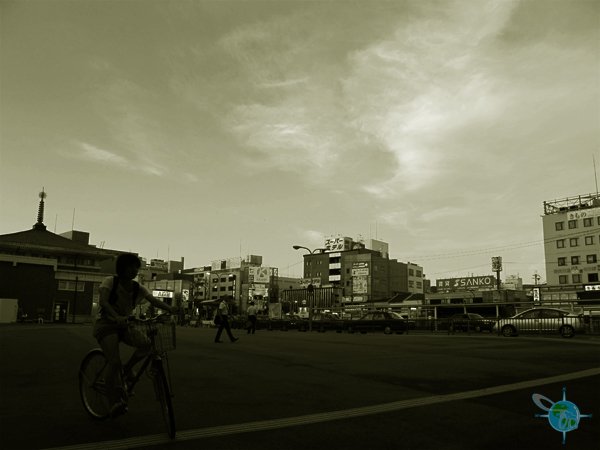
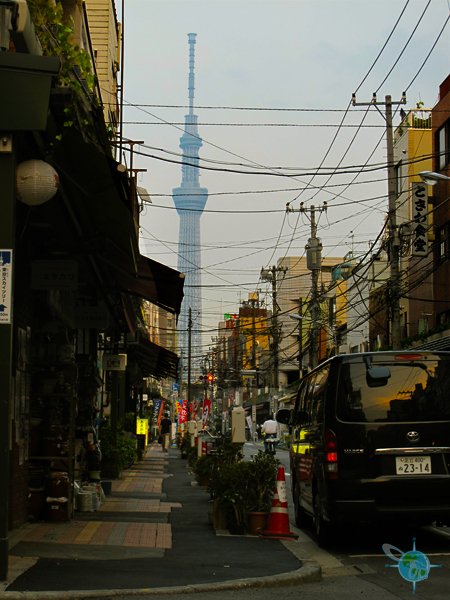
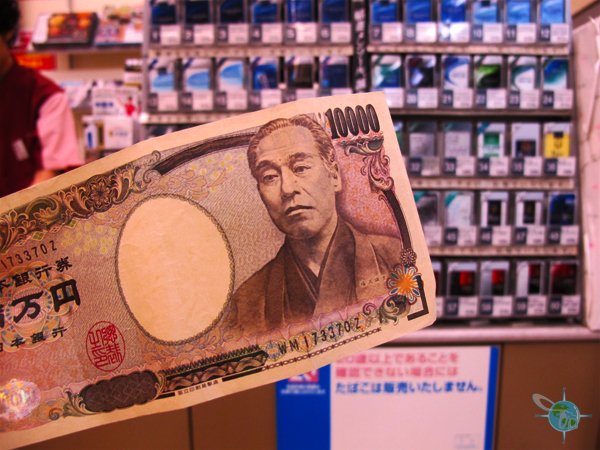
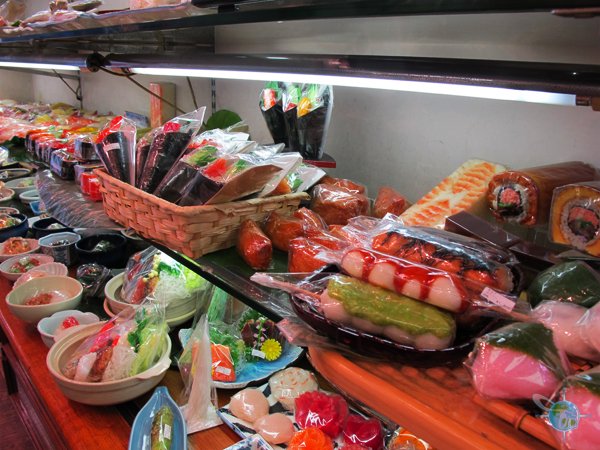
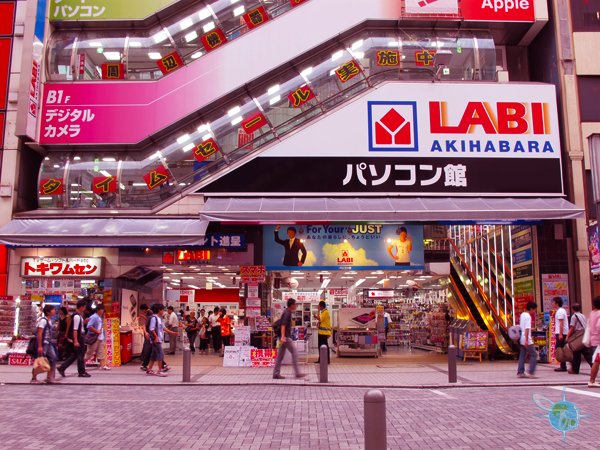
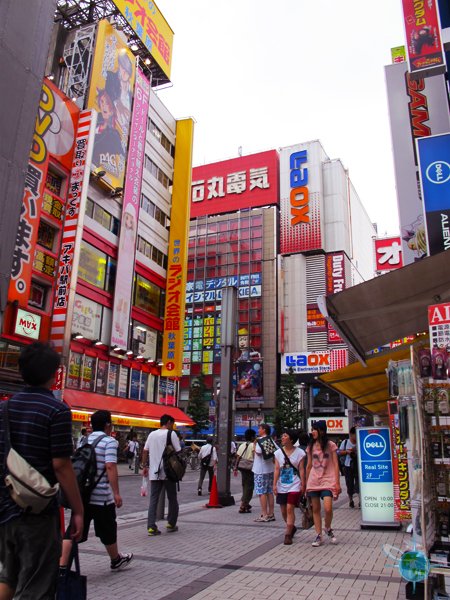
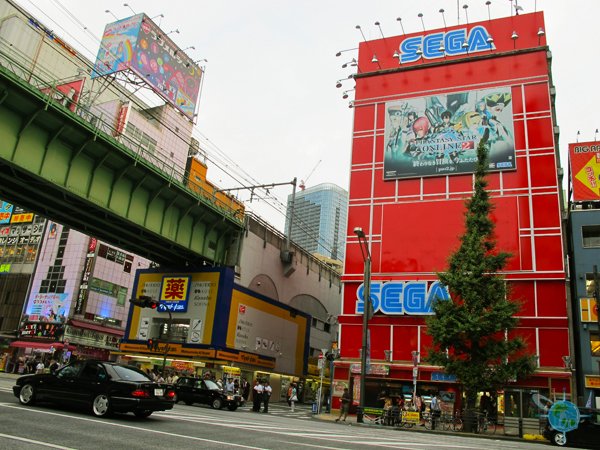
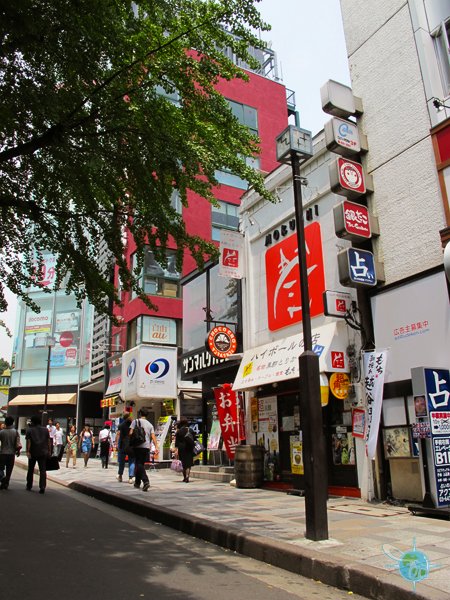
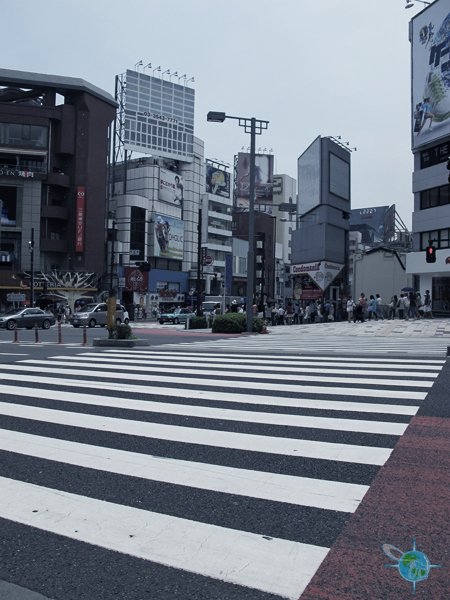
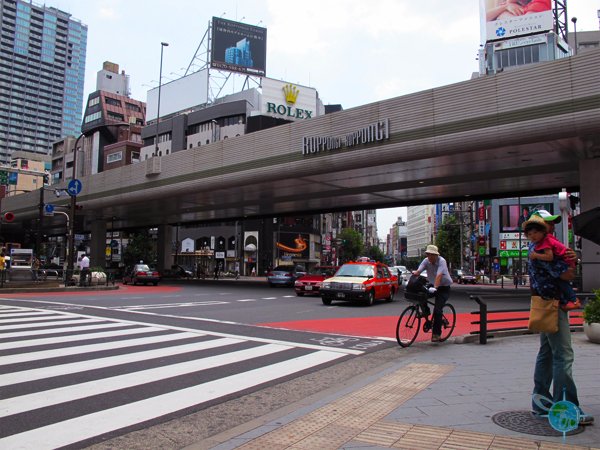
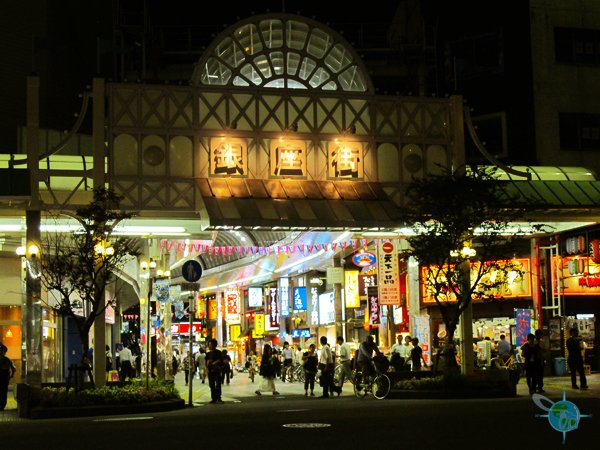
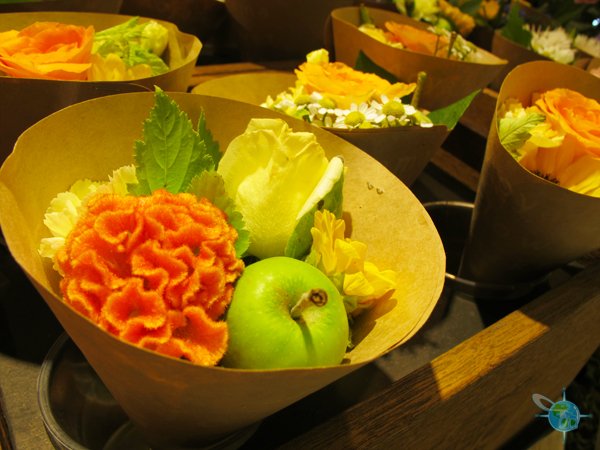
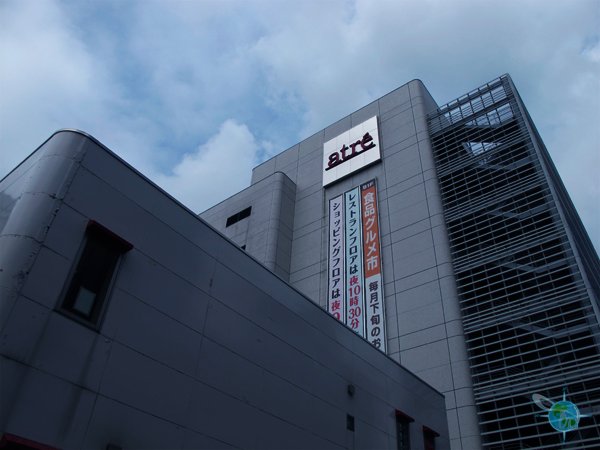
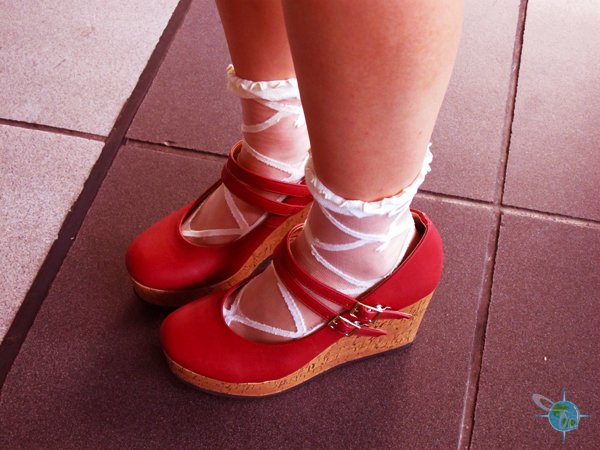
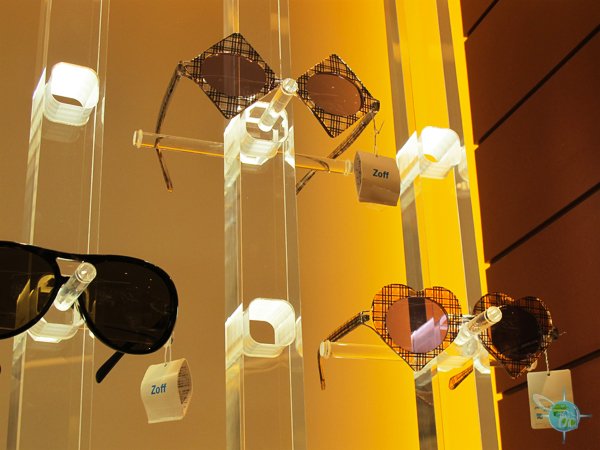
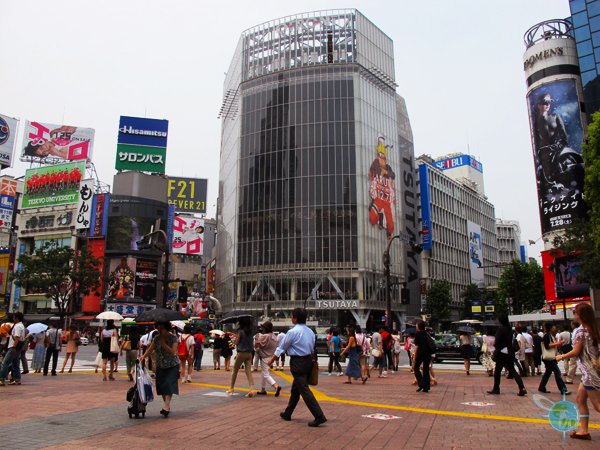
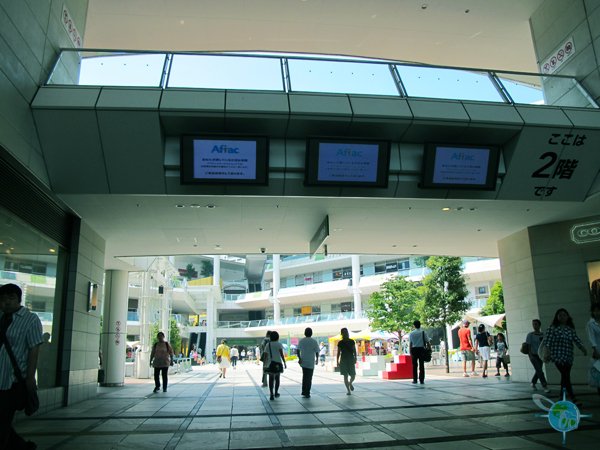

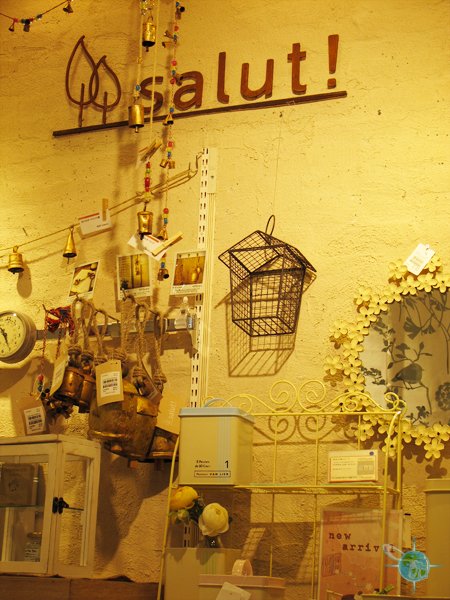


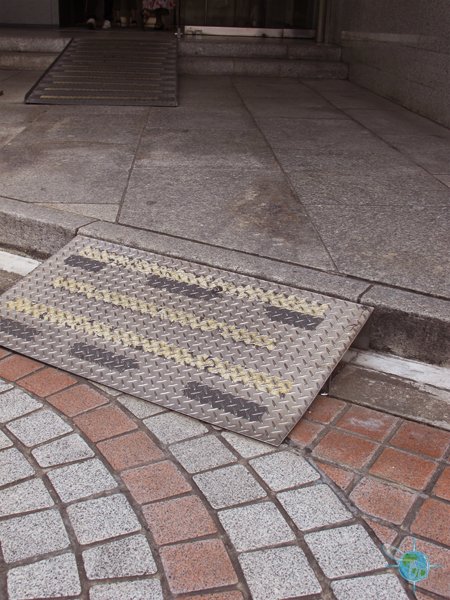
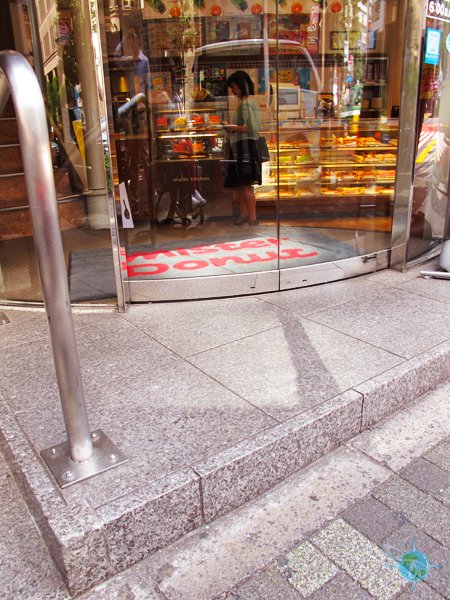
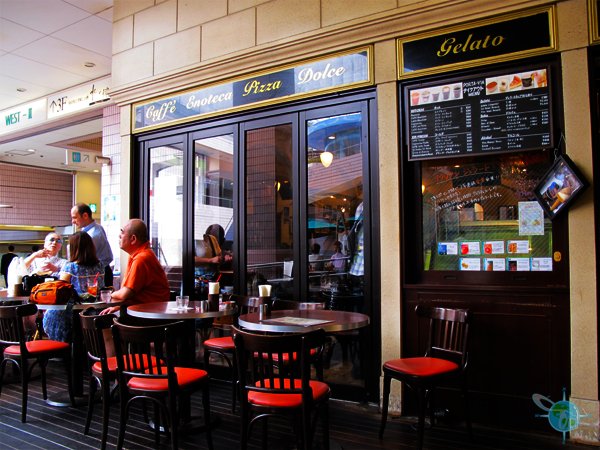
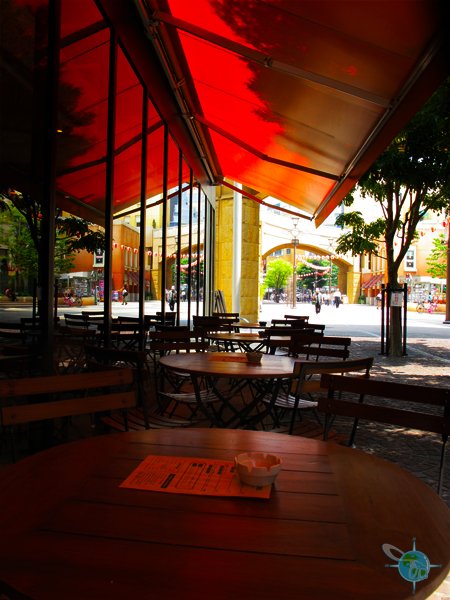

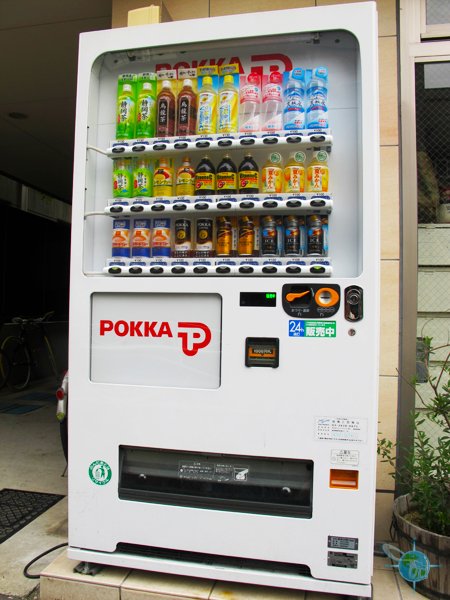
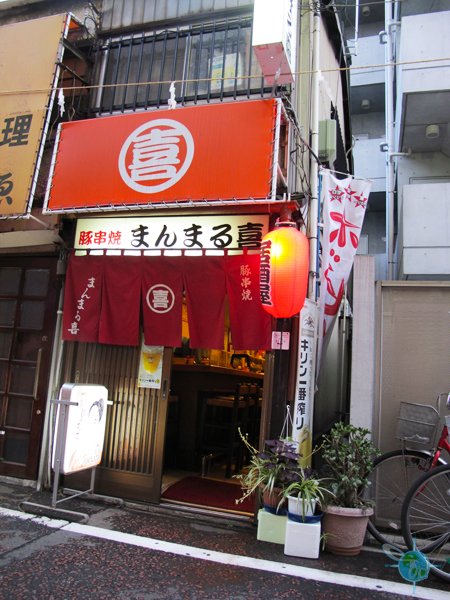
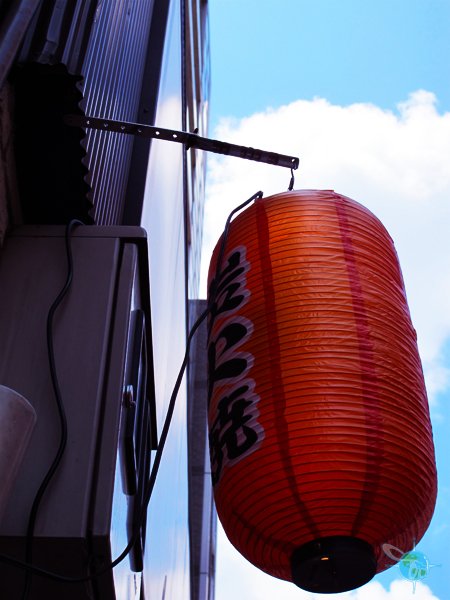
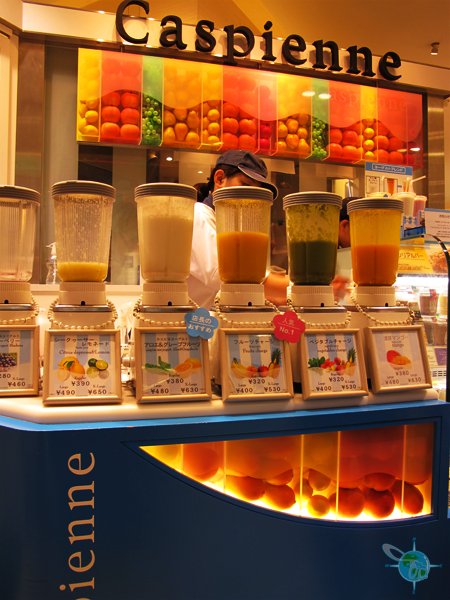
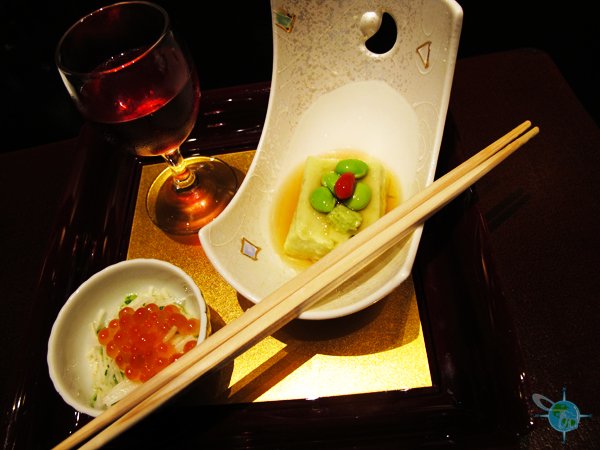
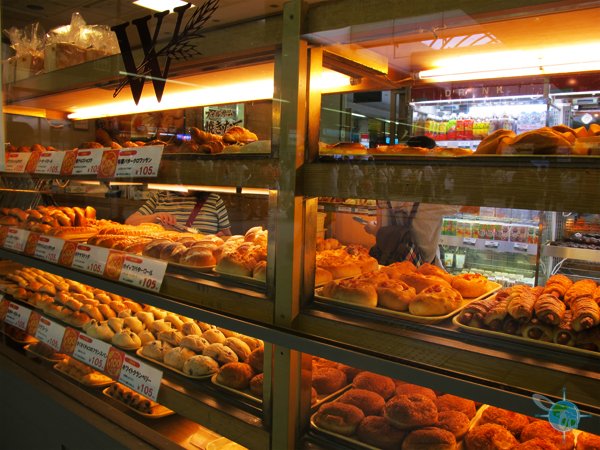
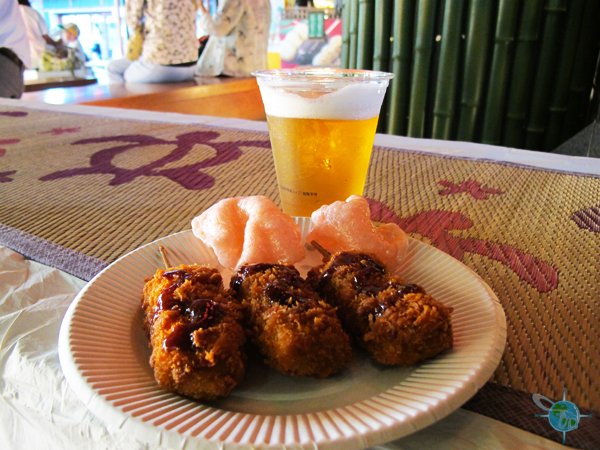
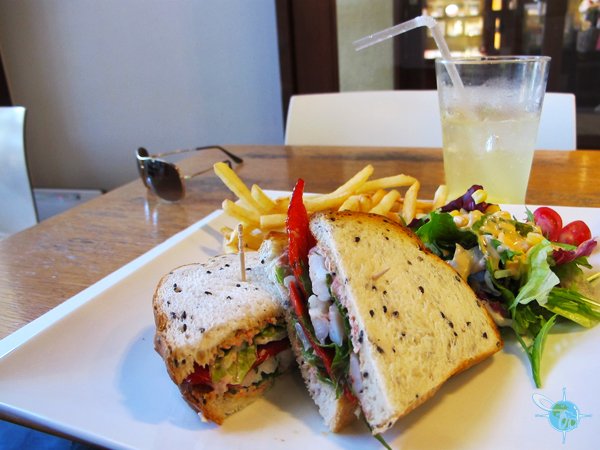
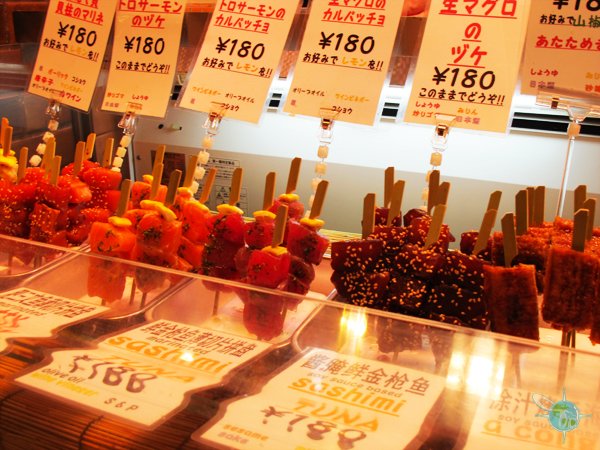
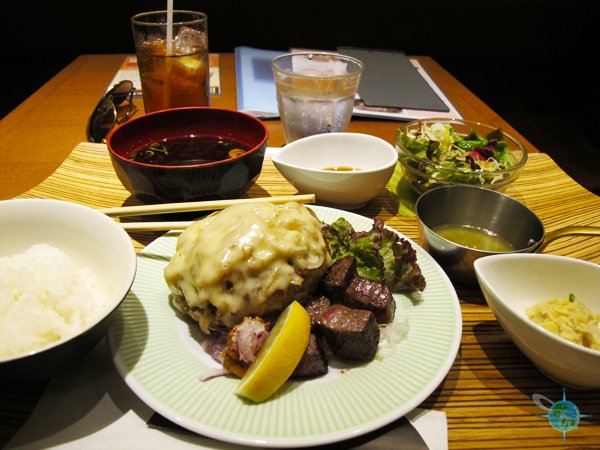
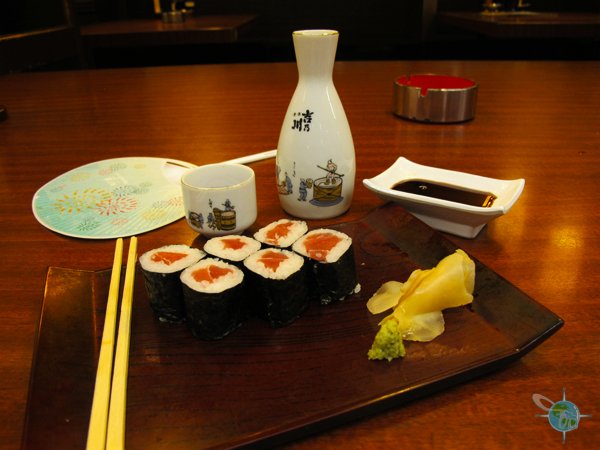
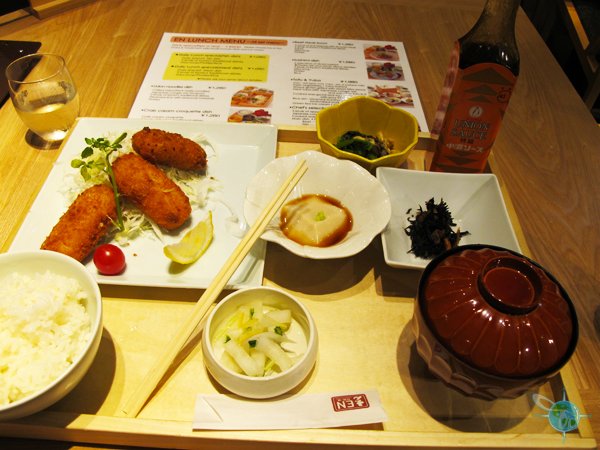
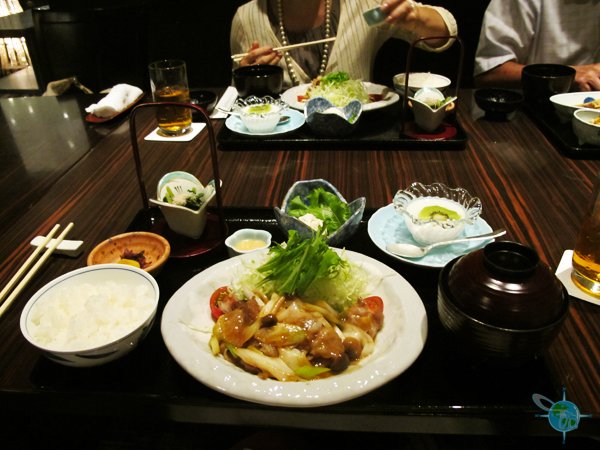
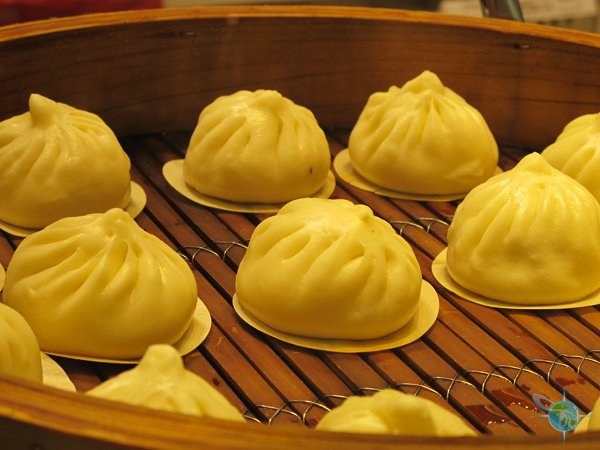
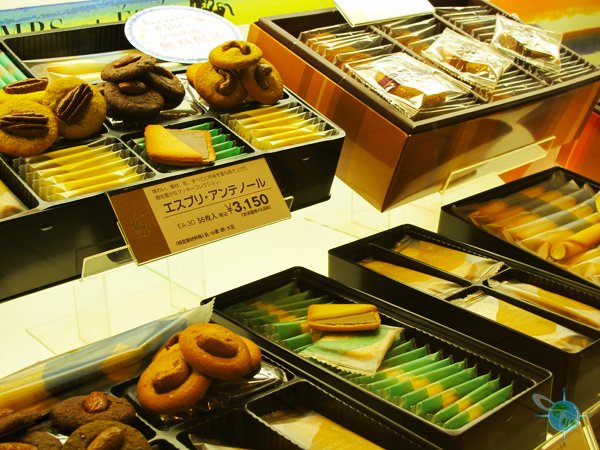
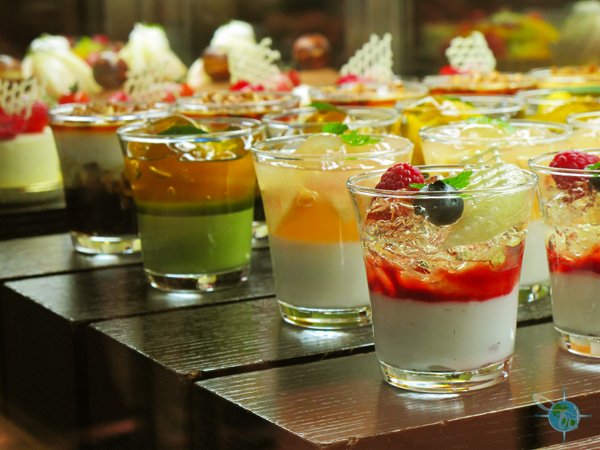
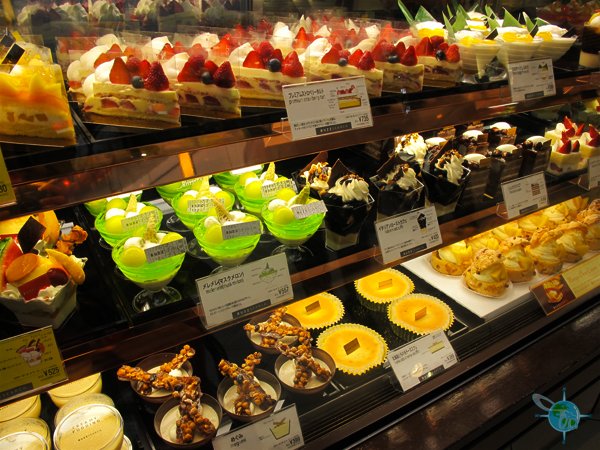
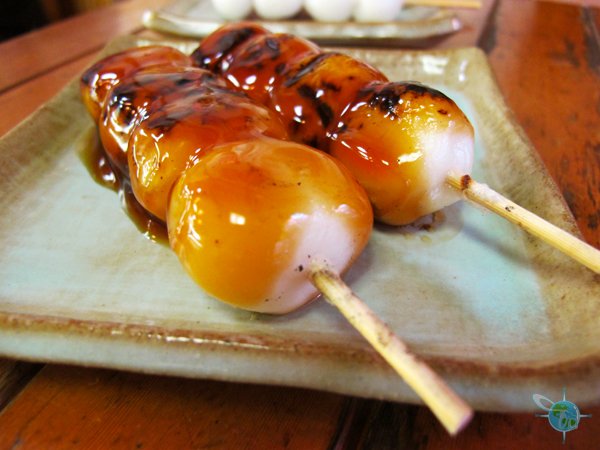
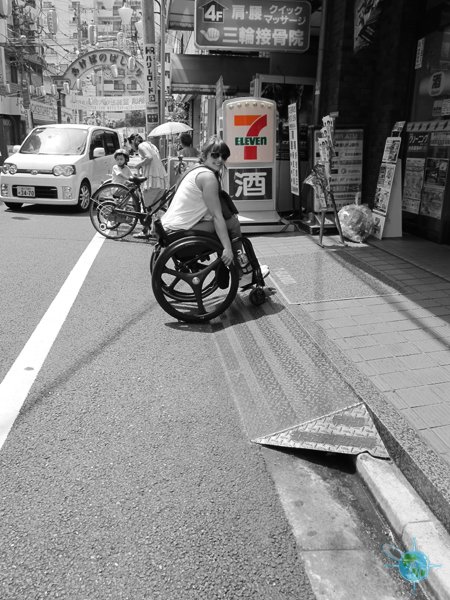
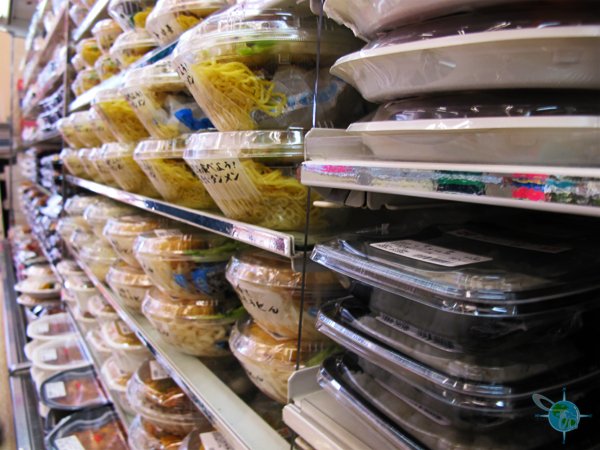
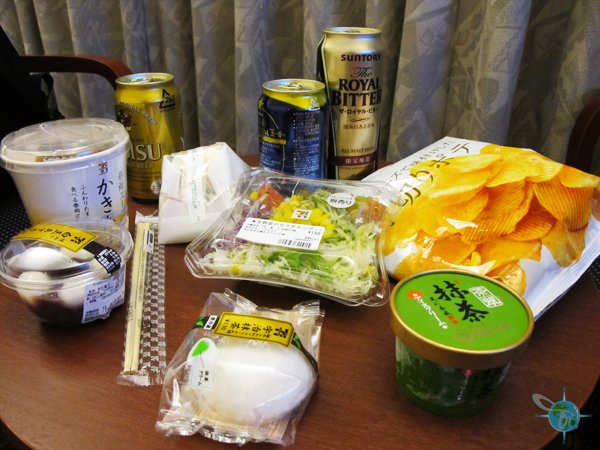
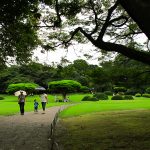
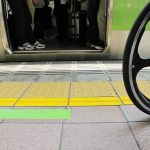
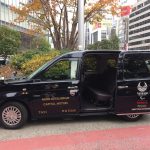
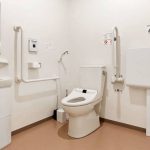
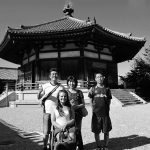

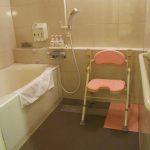
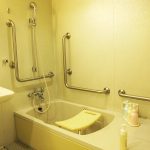
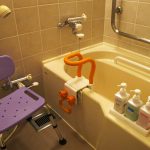




This is a really helpful blog. I’m going to Japan in October, doing a solo wheelchair journey to Tokyo and Kyoto. Thanks so much for putting this information out.
Yay Aaron! I am so excited for you!!! This was BY FAR one of my most favorite and memorable trips yet. I can’t wait to go back. If I were to do it all over again then I would have stayed in the Kyoto area longer. It’s so beautiful. Nara too…
I move around in a wheelchair and I would love to find a japanese travel agency that can help me plan my trip.I you can please advice me, I would very much appreciate it. I live in Mexico City and I travel with a friend who helps me with personal issues and my son who helps me when more strength is needed. We have travelled to many places in the world and have managed fine.
Thankyou in advance for your help. Annabelle Hoffs
So you are looking for a local travel agent in Japan that speaks English and also knows everything about access? I know a travel agent in the U.S. that may be able to help, but at this time I do not know a company in Japan that exists like this. This would have been super helpful when I went to Japan.
I am not a travel agent but I can give info or help anyone with access needs. We live in Japan I am a native English speaker. I have experience with this as we have family and visitors w wheelchair needs. Let me know if anyone needs advice. I will try to help. They can contact though email on my website. This is not for a fee just to help others enjoy this lovely place!!
I will be going to Kyoto in 3 weeks. I have never been to Japan. I need to locate a power wheelchair rental company in the Kyoto area. I’m not sure if my current chair will charge correctly. It is USA 120VAC.
Hello,
Where can we get a electric scooter to buy In tokyo.
you may want to try joyful Honda. We have seen different kinds of wheel chairs there before. If they do not carry electric at your location they should be able to order or direct your further.
I have a blog that is about family travel and Japan life. We live in Tokyo. I don’t have a ton posted but I am working on it! I do include a section on every post about how we have found each tourist destination when it comes to access with a wheel chair and also a stroller. We have family that uses wheelchairs and we found there is not enough guides and info for Tokyo. I think your site is great! If anyone wants some extra specific destinations for a trip in Tokyo they can check us out also. I… Read more »
I love what you are doing and Japan!
Hello.. can you please share some info on how to get in touch with you.. we are planning a trip with my mother who is wheelchair bound and would appreciate any guidance
Hi Erin! There’s a contact form on the website that gets sent to my inbox, but not to worry, what’s your question?
Thank you for the information,my husband and i will be staying at shinjuku,gracery hotel,this first week of october.our first time trip to japan,i am glad to learn your helpful tips in exploring japan,though it will be a short trip only,but nice to know i can do it with my cane.